properties of metals
1/20
Earn XP
Description and Tags
Name | Mastery | Learn | Test | Matching | Spaced |
|---|
No study sessions yet.
21 Terms
Acronyms
non-ferrous - CAT GSTZ
non ferrous alloy - BBDP
ferrous - LMC
ferrous alloy - SHD
Names of the ores for…
copper
tin
aluminium
zinc
copper - chalcopyrite
tin - cassiterite
aluminium - bauxite
zinc - zinc blende
Stock forms for metals
Sheet
Plate
Structural
H beam
I beam
Tee bar
Channel
Angle (L beam)
Tube
Round
Square
Rectangular
Hexagonal
Bar
Round
Square
Flat
Hexagonal
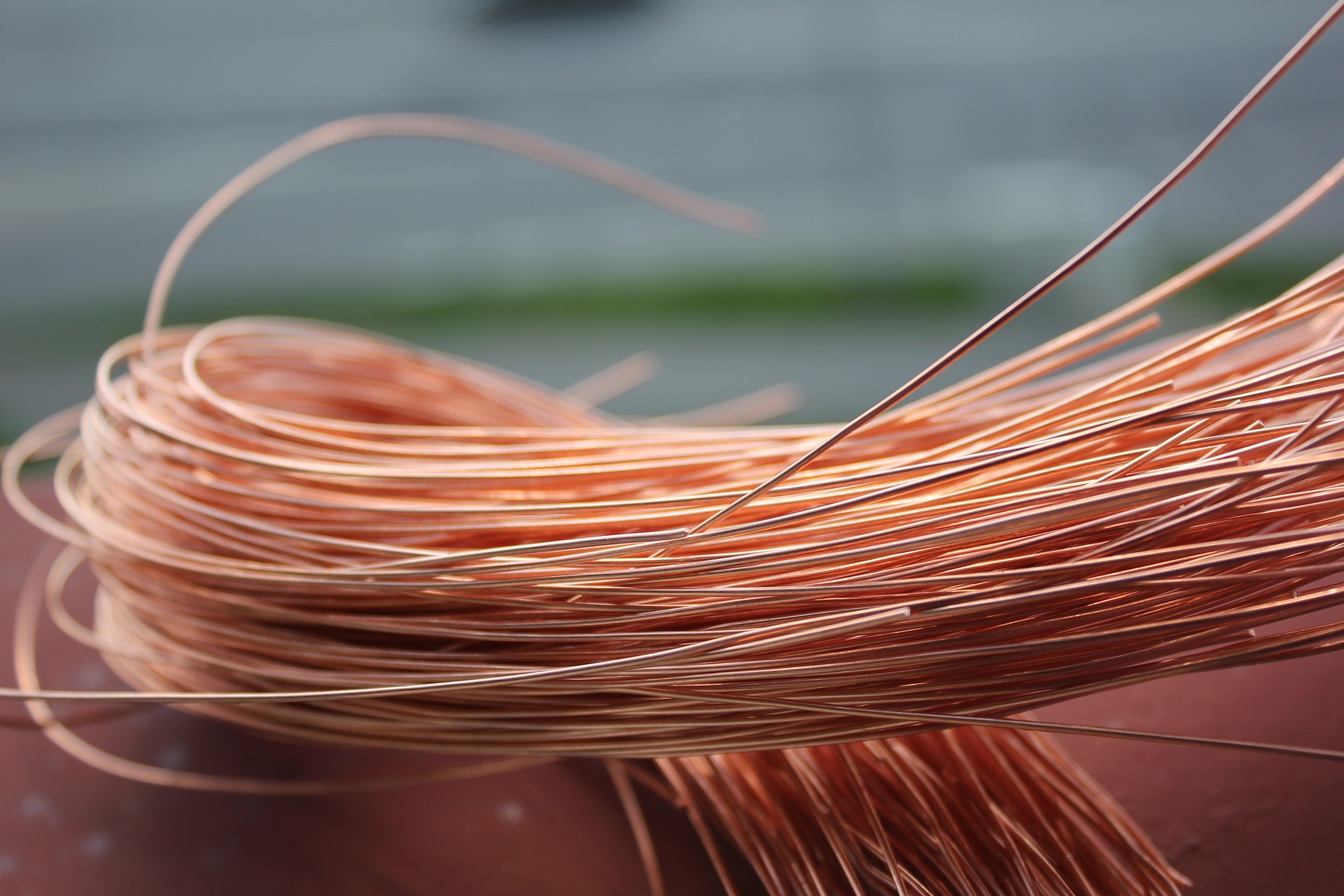
Copper
non-ferrous
ductile, malleable, very good conductor
used for plumbing, electrical components, cookware, roof coverings
melting point 1080c
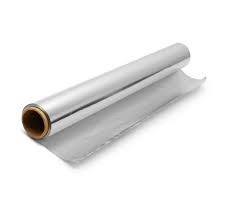
Aluminium
non-ferrous
very light, tough, malleable
used for window frames, cooking foil, ladders, expensive bike frames
melting point 660c
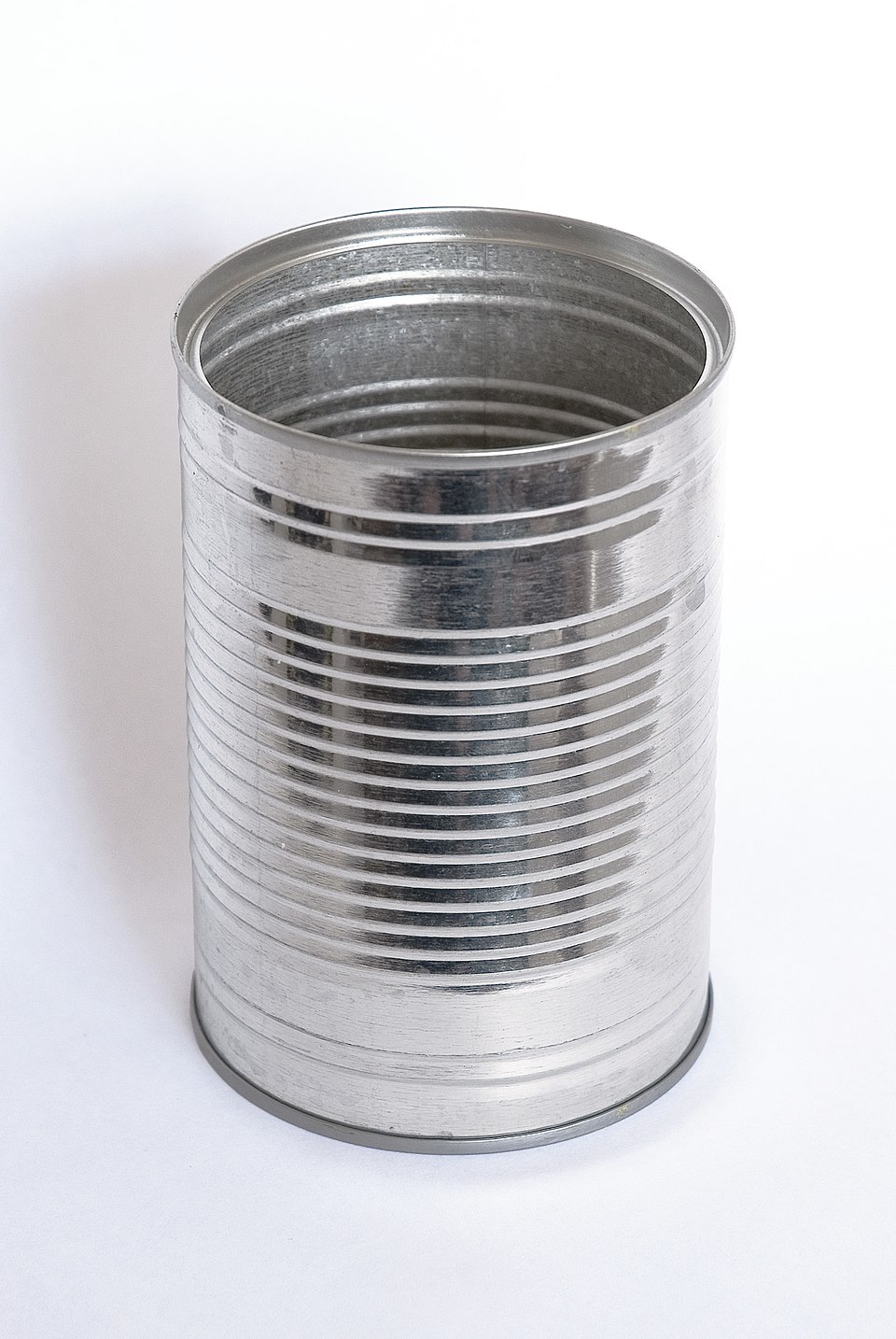
Tin
non-ferrous
highly ductile, malleable
resistant from moisture corrosion
used for food cans, beer cans, whistles, tin foil and solder (rarely used pure)
melting point 230c
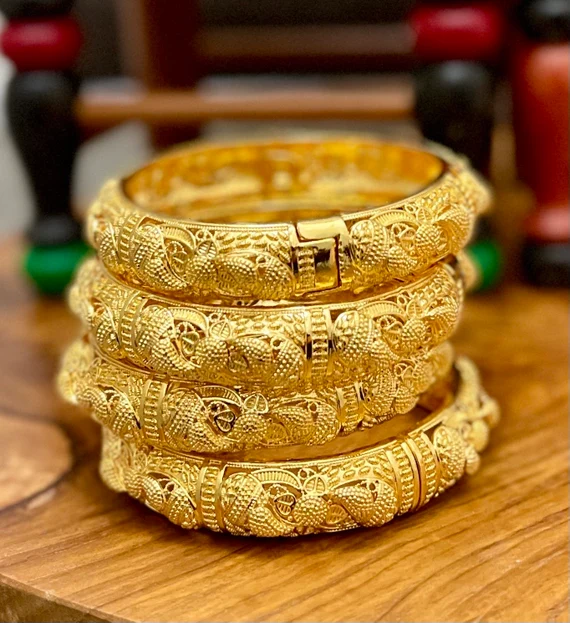
Gold
non-ferrous
dense, soft, shiny
malleable, ductile and a good conductor
more expensive than other metals
used for jewellery and in computers
melting point 1340c
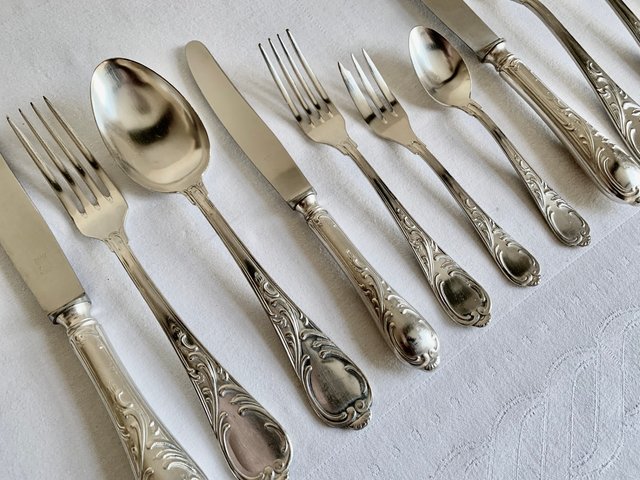
Silver
non-ferrous
soft, malleable, ductile
used for jewellery, high quality cutlery, coins, trophies and mirror
melting point 960c

Titanium
non-ferrous
hard, lightweight, similar strength to steel
used for aircraft, ship hulls and joint replacement
melting point 1670c
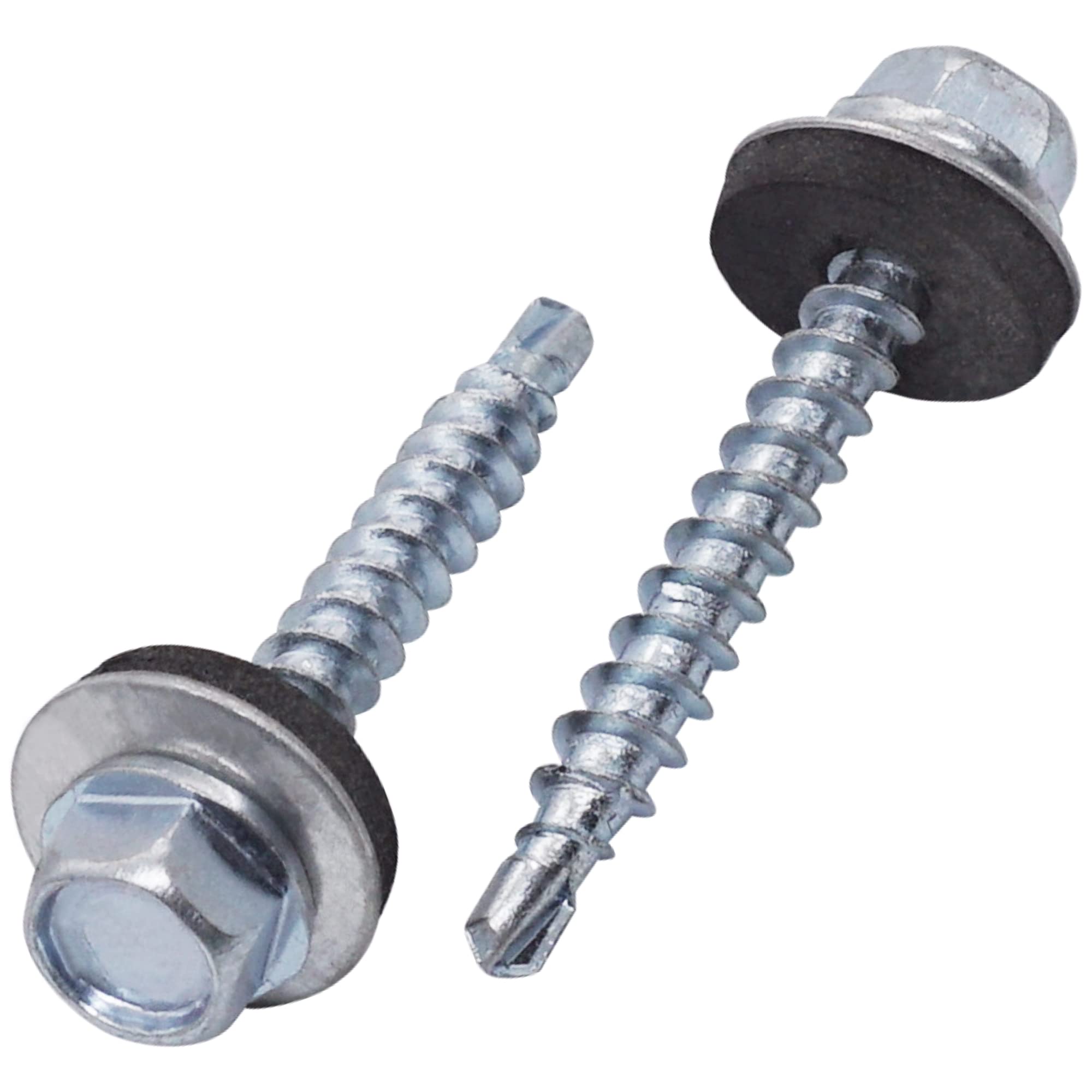
Zinc
non-ferrous
very resistant from moisture corrosion, weak. used for coatings mainly
used to galvanise / coat screws, steel buckets.
melting point 420c
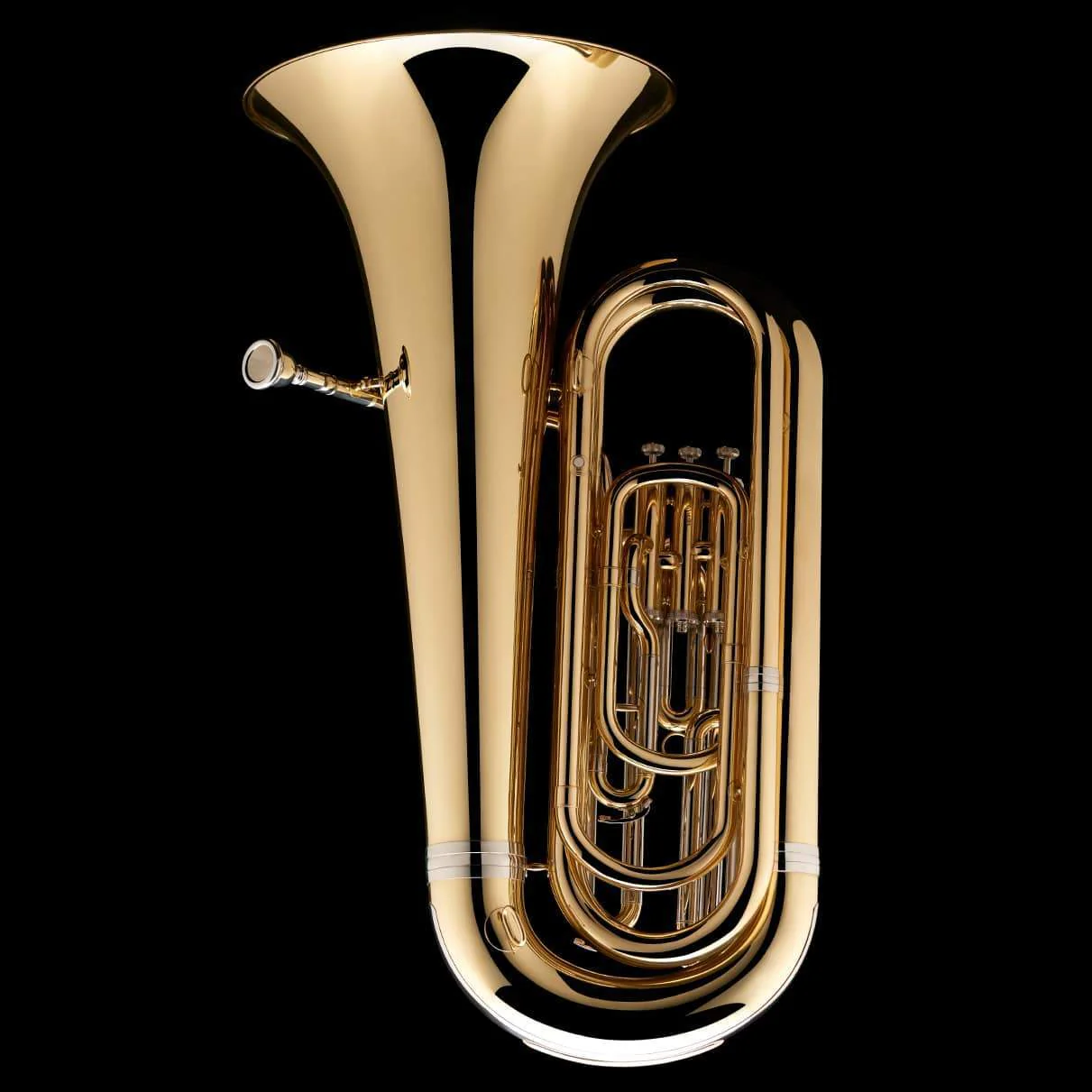
Brass
non ferrous alloy
alloy of copper and zinc
good conductor, corrosion resistant, easy to work
not as strong as steel, but stronger than copper
used for instruments, firearms cartridges, taps (casts well)
melting point 930c
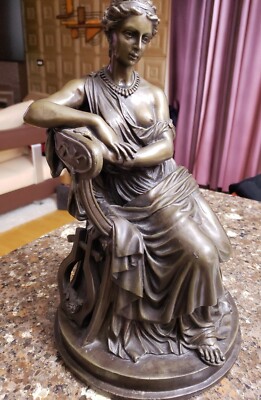
Bronze
non ferrous alloy
alloy of mainly copper with tin
hard but brittle, very resistant to corrosion
used for ship propellers, underwater fittings, statues and medals
melting point 950c

Duralumin
non ferrous alloy
alloy of mainly aluminium, copper and various other metal
similar stength to LCS, lightweight, ductile
can be worked
used for aircraft and vehicle parts
melting point ~600c

Pewter
non ferrous alloy
alloy of mainly tin, with some copper
malleable, casts well
used for flasks, photo frames and candlesticks
melting point ~200c
Steel properties

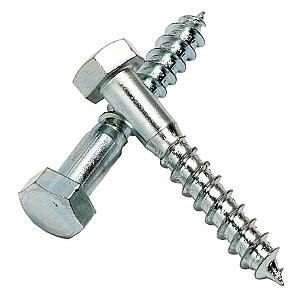
Low carbon steel (LCS)
ferrous
up to 0.25% carbon
also can be called mild steel
good ductility and tensile strength
used for nuts, bolts and car bodies
melting point 1430c
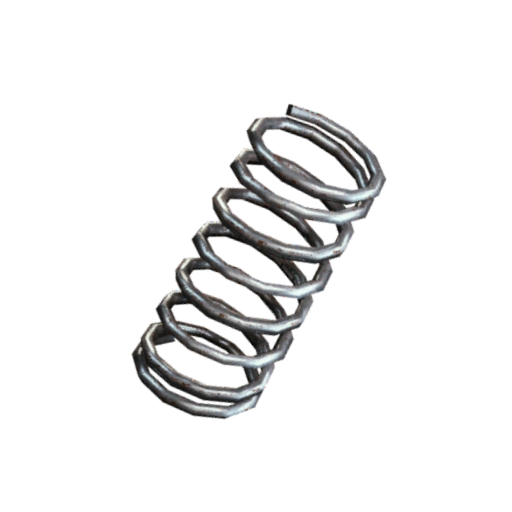
Medium Carbon Steel
ferrous
0.25-0.5% carbon
harder than LCS, but less ductile and malleable
tough
used for springs and gardening tools
melting point ~1490c

Cast Iron
ferrous
mostly iron, with some carbon
very strong and brittle
used as car brake discs, car cylinders, metal work vices, manhole covers, pillar drill
melting point 1150c

Stainless Steel
ferrous alloy
alloy of iron, chrome, and chromium
tough, hard and corrosion resistant
used for sinks, kitchenware and cutlery
melting point 1510c
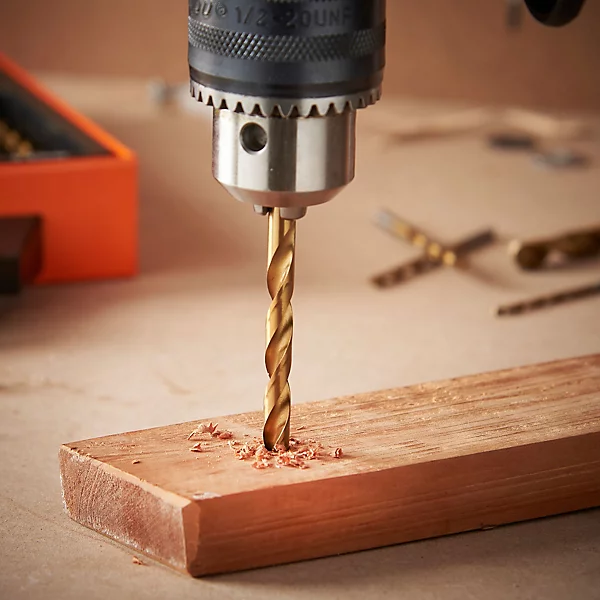
High Speed Steel (HSS)
ferrous alloy
high content of tungsten, chromium, vanadium with iron
very brittle and very resistant to wear
used for drill bits, lathe cutting tools
melting point 1430c
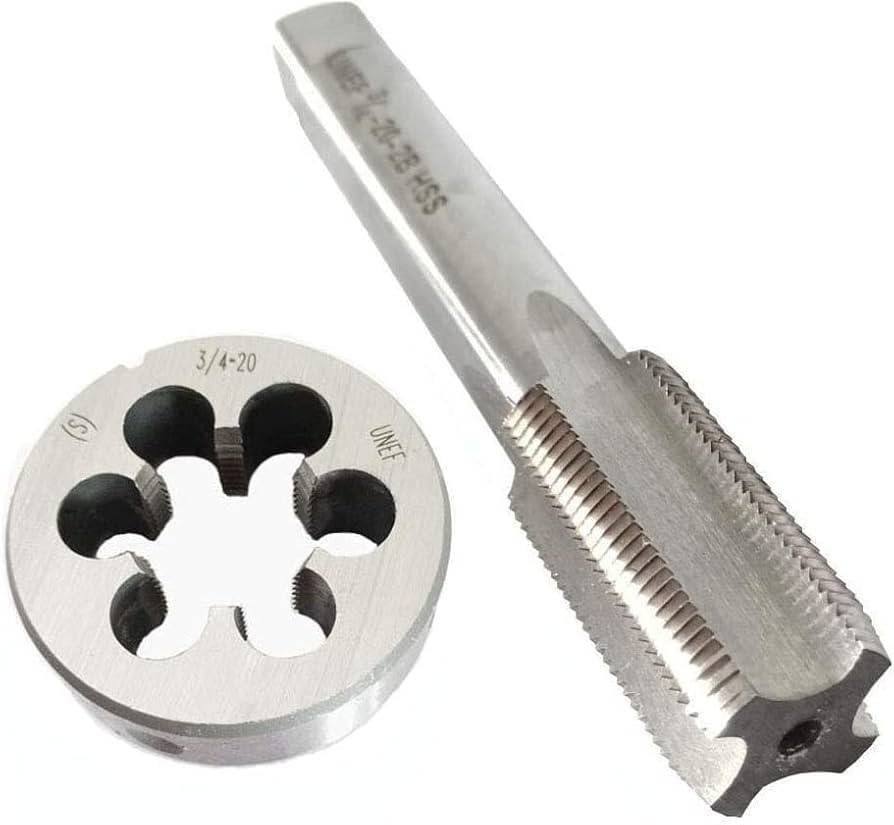
Die Steel
ferrous alloy
hard and tough
used for blanking punches and dies
melting point ~1460c